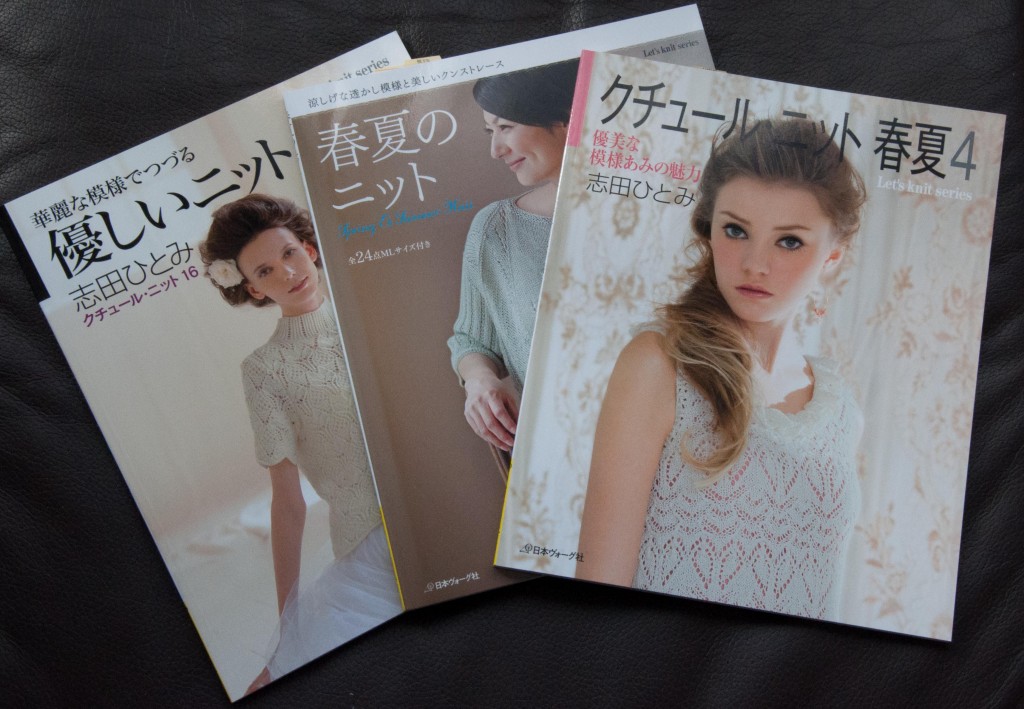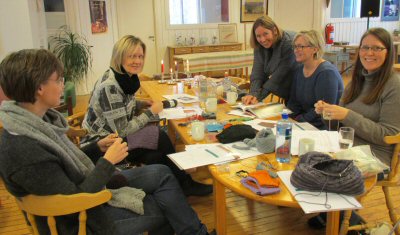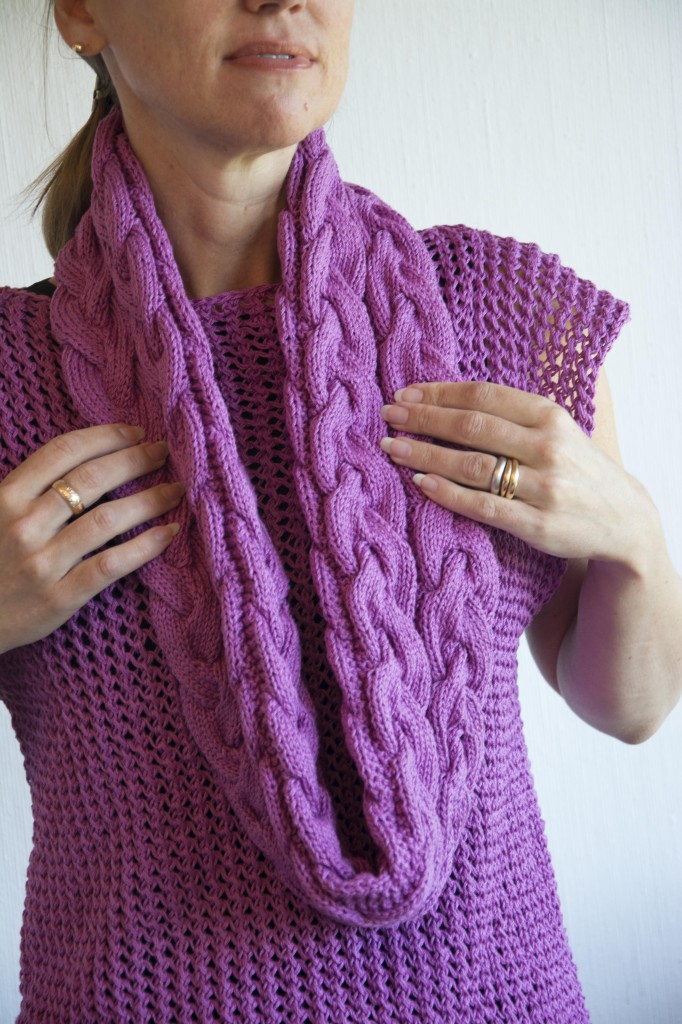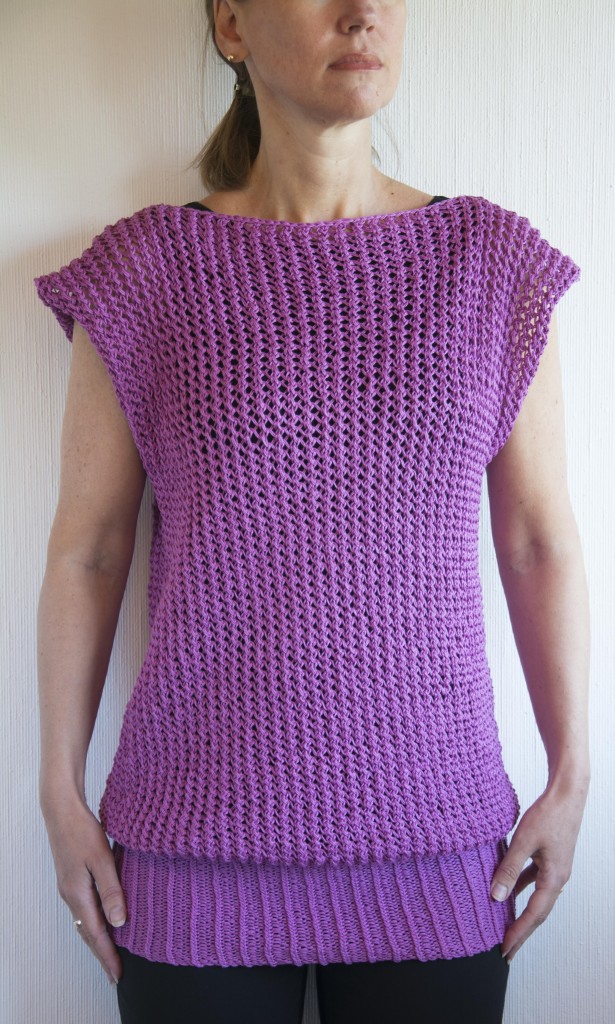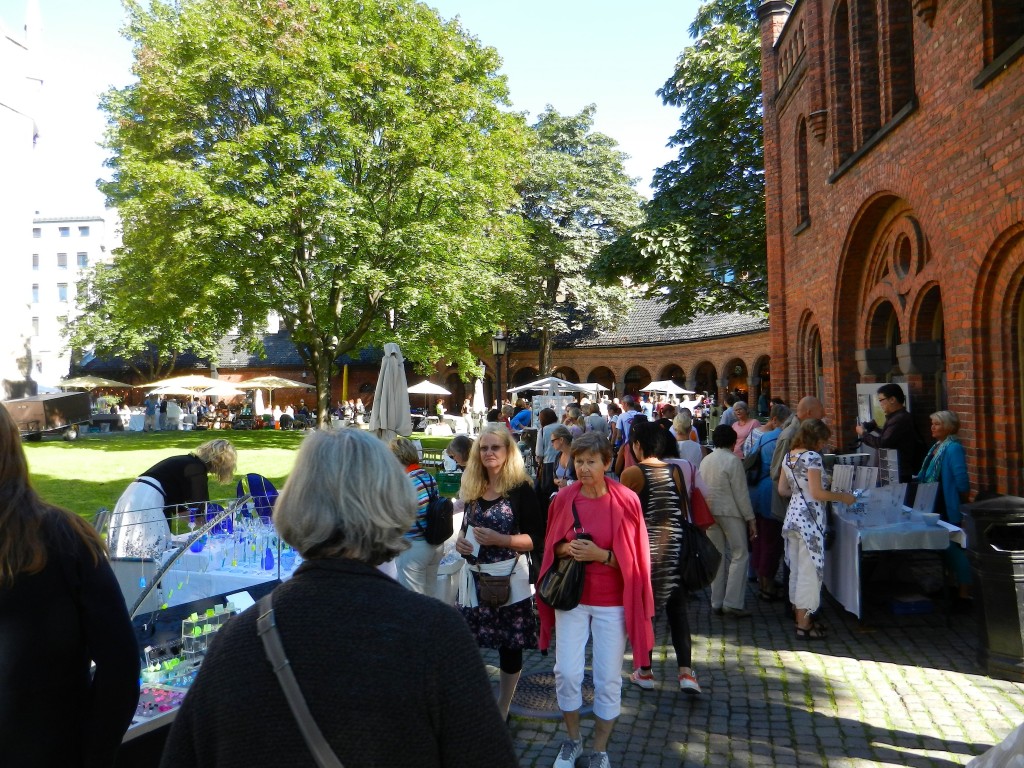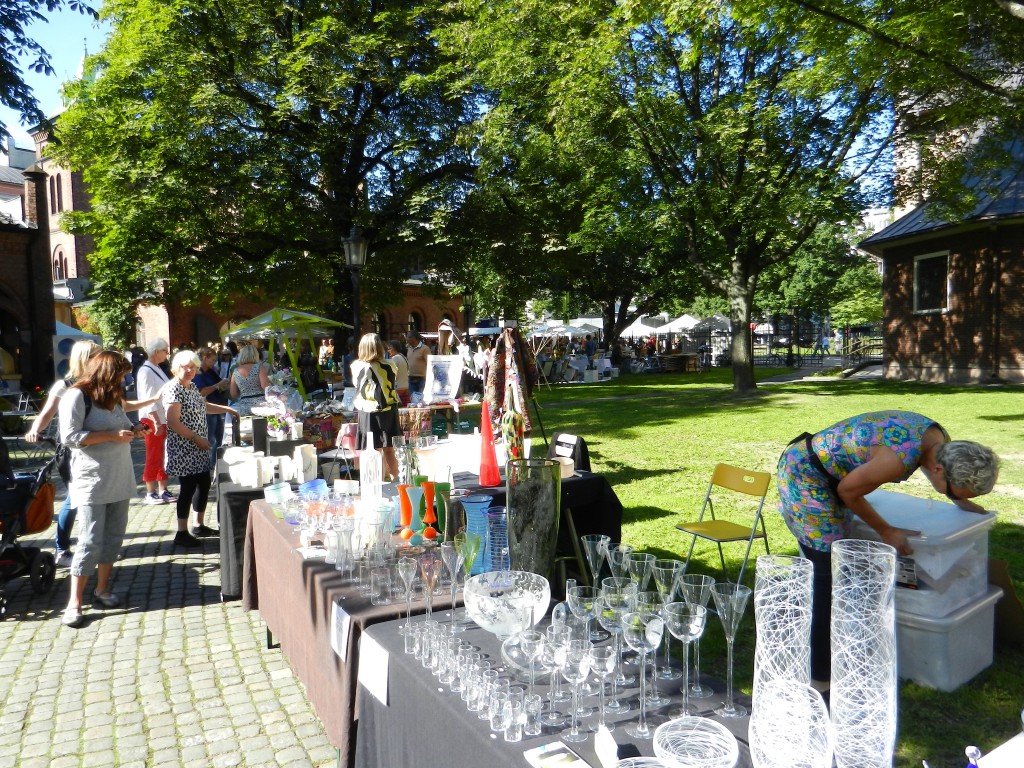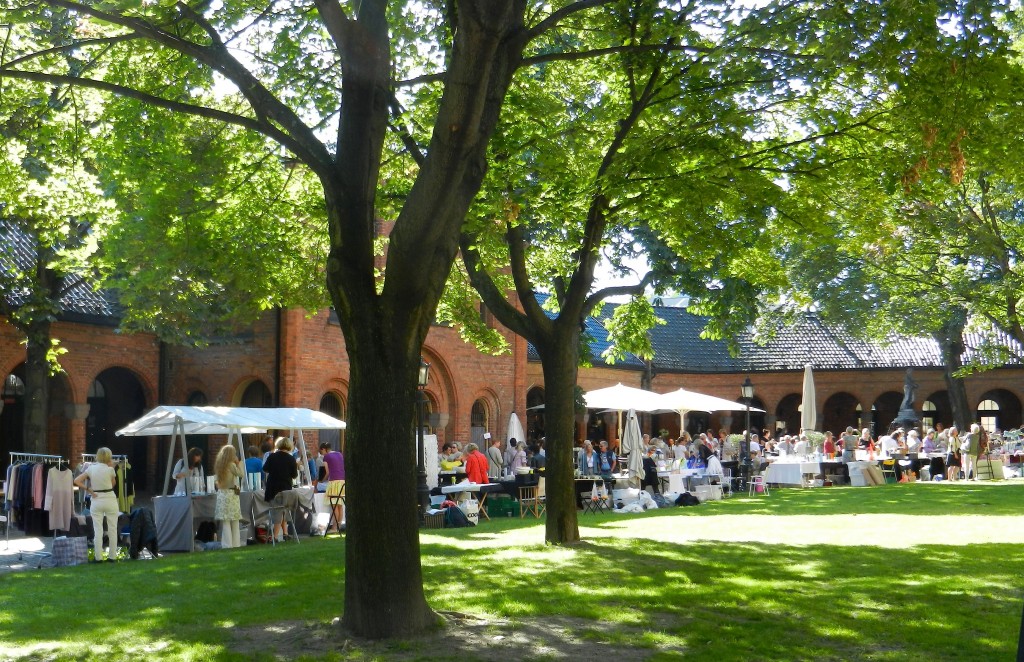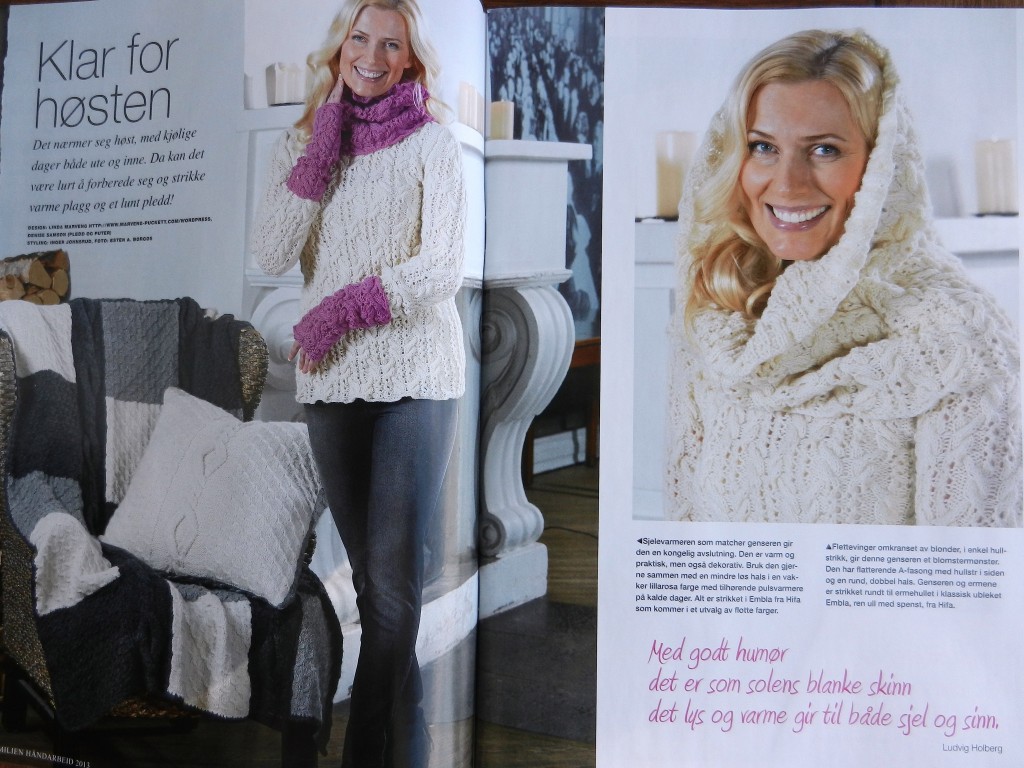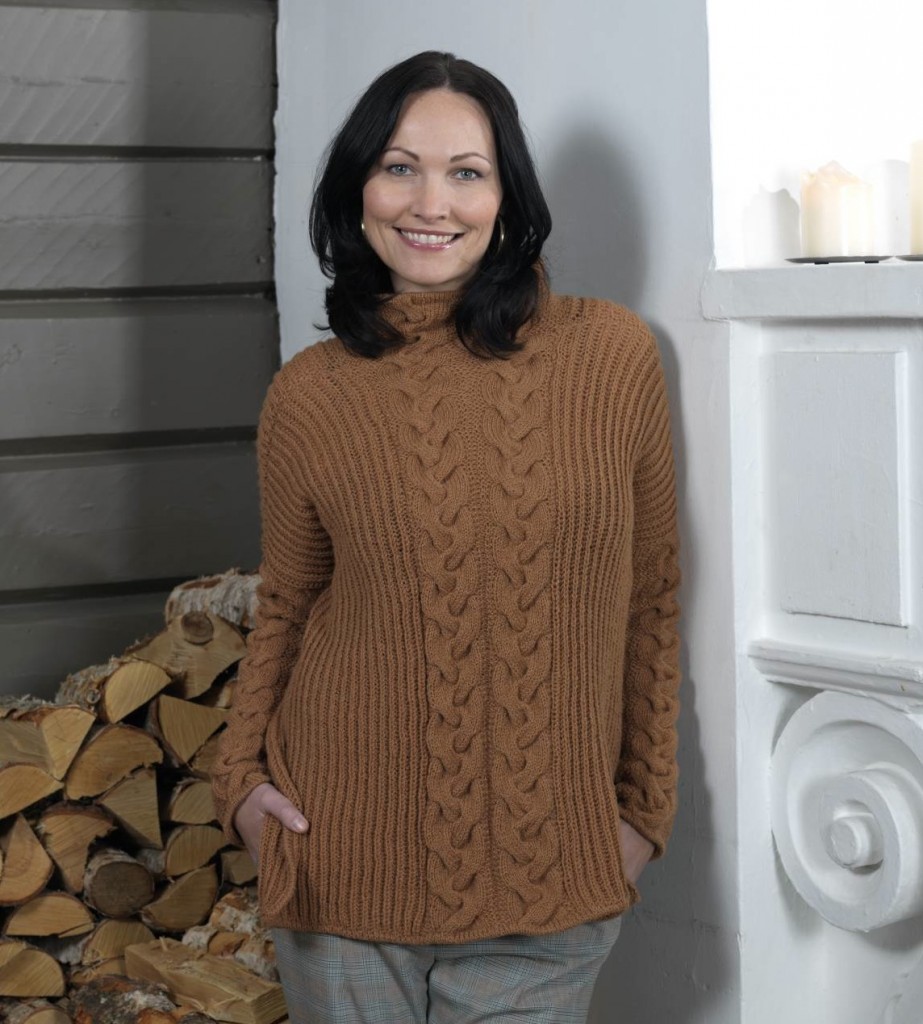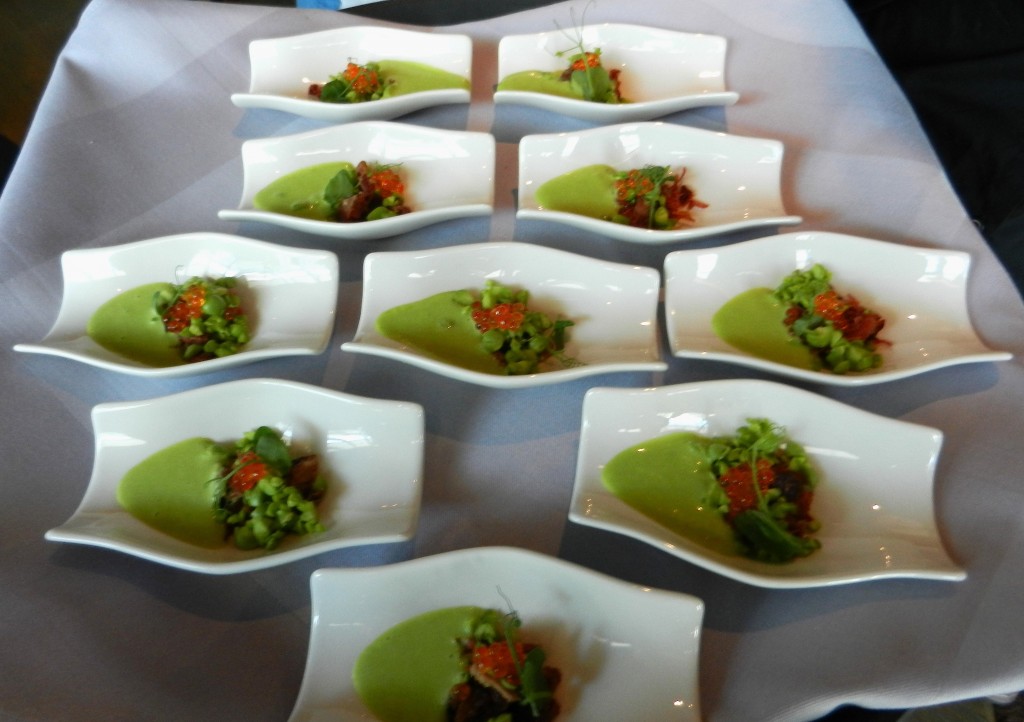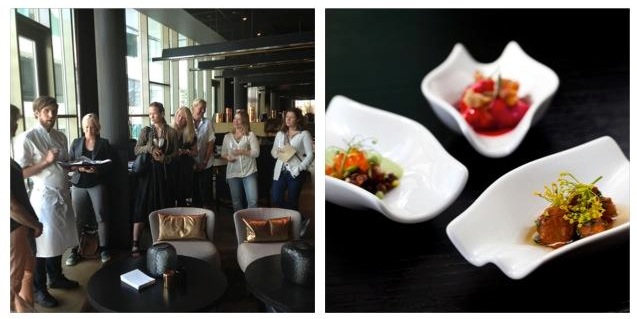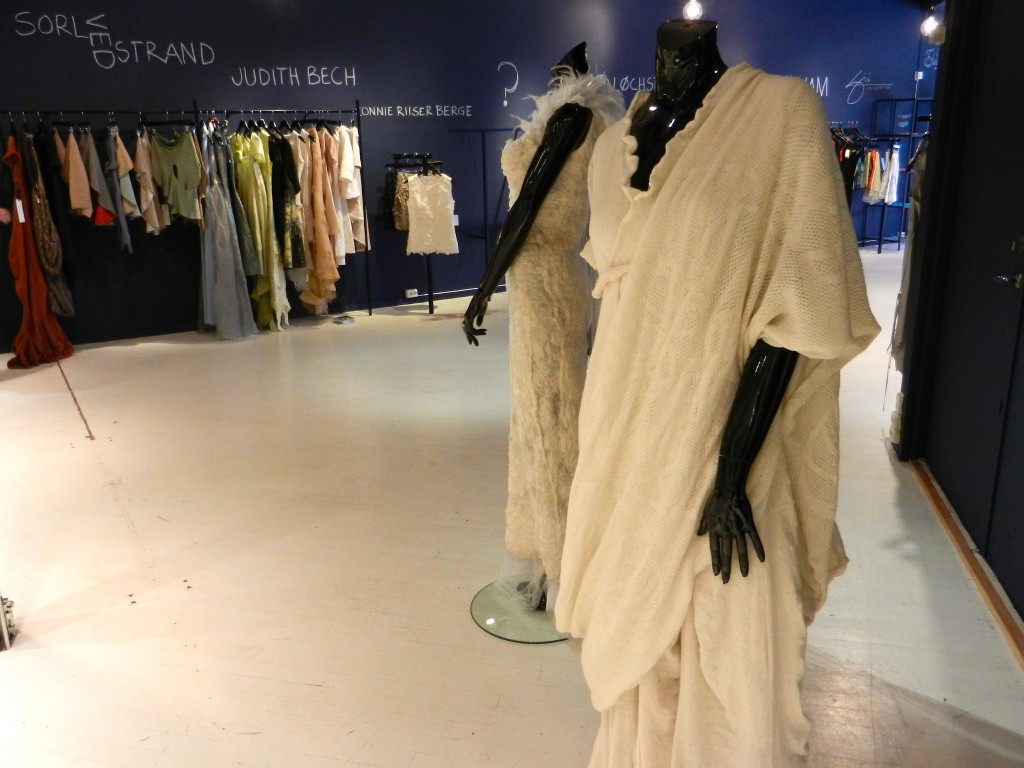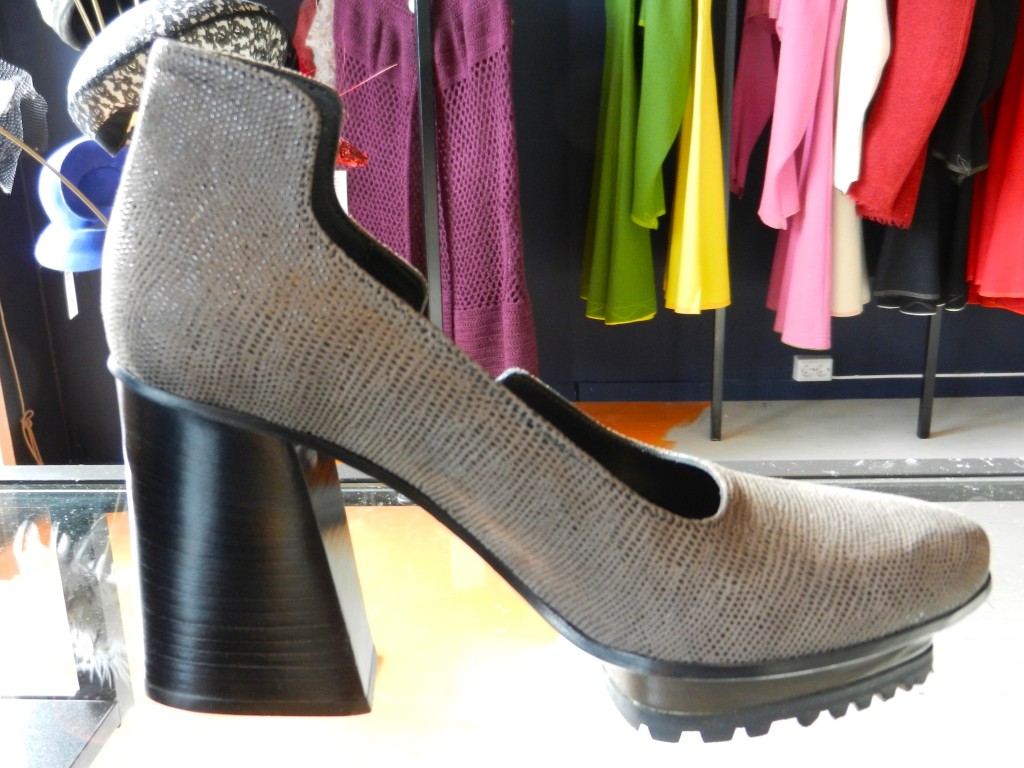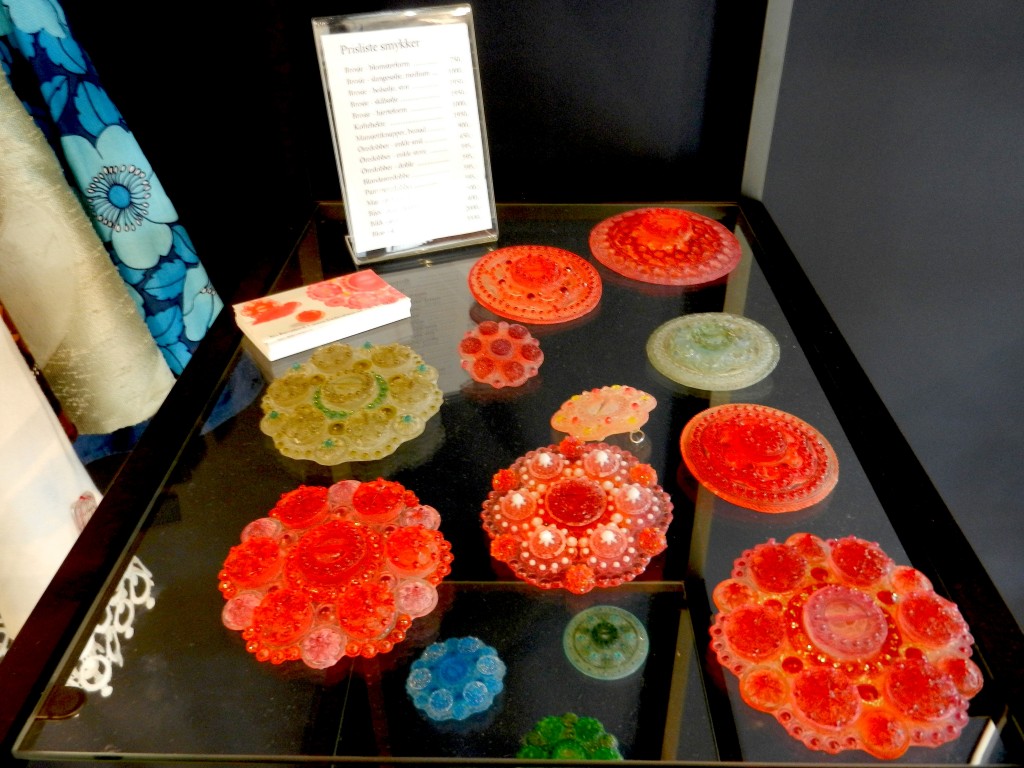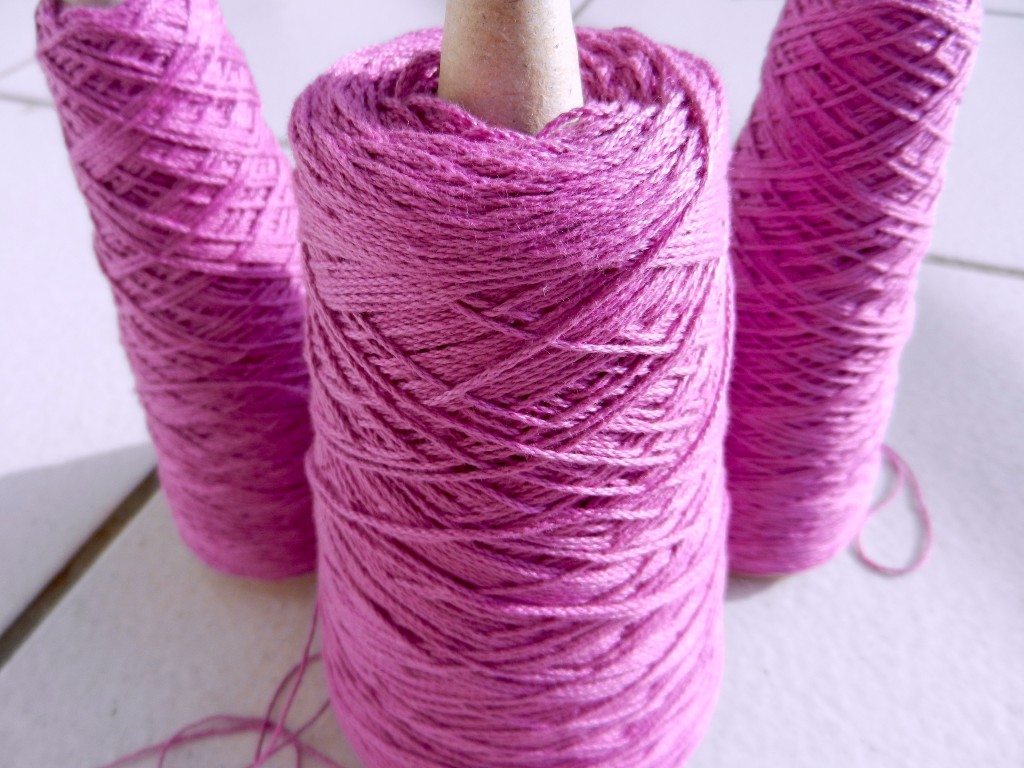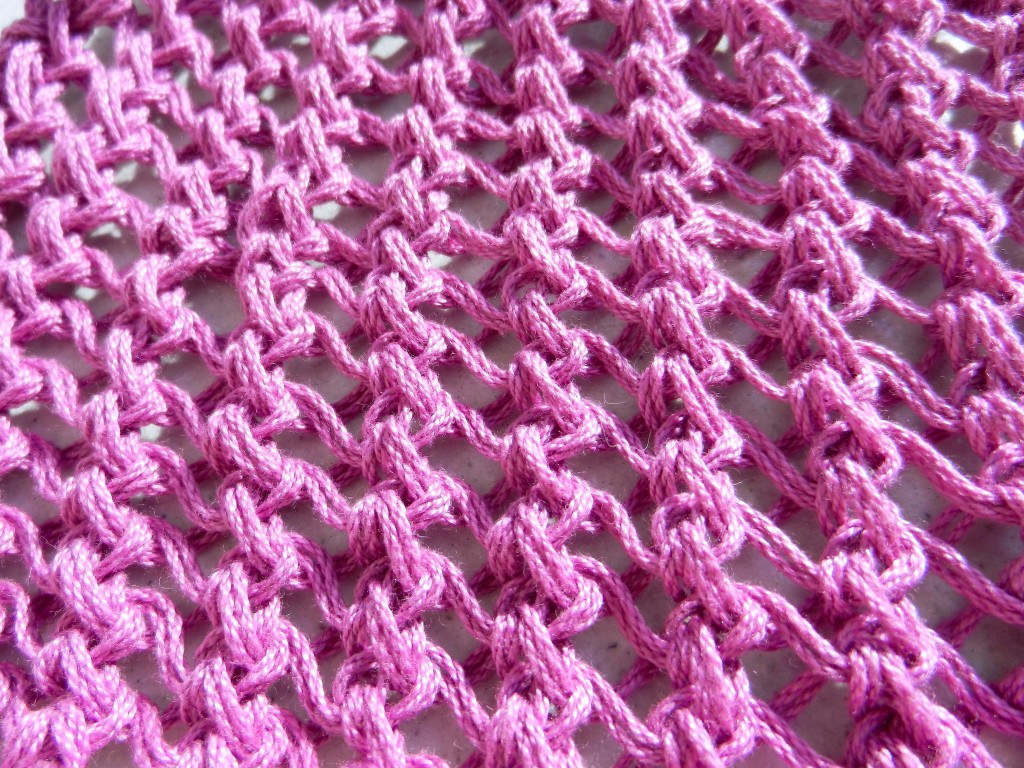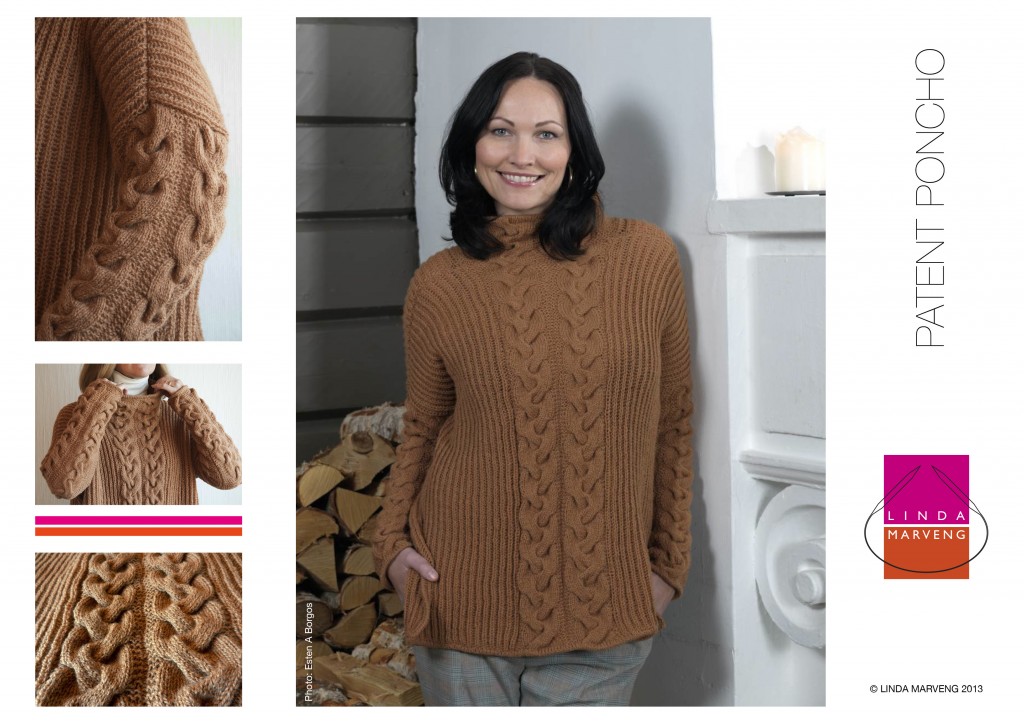 Inspired by all the Fisherman’s rib patterns in fashion, I have designed a poncho in an oversized sweater style with longs splits in the side. The poncho is knitted in parts to create a contrast between the unstructured cable and the linear rib, called patent in Norwegian. The large splits on the sides make the poncho less voluminous. The sleeves are knitted long, to keep you warm on cold days. The poncho is knitted in a beautiful camelbrown Ask – Hifa 2, a pure wool with plenty of bounce.
Inspired by all the Fisherman’s rib patterns in fashion, I have designed a poncho in an oversized sweater style with longs splits in the side. The poncho is knitted in parts to create a contrast between the unstructured cable and the linear rib, called patent in Norwegian. The large splits on the sides make the poncho less voluminous. The sleeves are knitted long, to keep you warm on cold days. The poncho is knitted in a beautiful camelbrown Ask – Hifa 2, a pure wool with plenty of bounce.
Size: One size
Finished Measurements: Bust: 150 cm/59” Length: 67 cm/261⁄4” Sleeve length: 44 cm/171⁄4”
Yarn: Hifa: Ask – Hifa 2: 6 skeins of Camelbrown sh 6098: 1890 m/2067 yds (100% fine wool, 315 m/ 344yds, 100 g). Ask-Hifa-2 also available from Strickideen.
Yarn alternative: Cascade, 220 Sport (100% Peruvian wool, 150 m/164 yds, 50 g). Cascade-220 Sport or a similar Sport/5 ply yarn.
Needles: 3 mm/US 2.5 circular needles (100 cm/40”) and 3 mm/US 2.5 (60 cm/24”) for collar or size needed to match gauge .
Notions: Cable needle, 1 Stitch marker, 6 Stitch holders, and Yarn needle.
Gauge: 16 sts and 20 rows in Fisherman’s rib, 24 sts and 32 rows in st st equals 10 cm/4” square.
Notes: The poncho is knitted in 4 identical Fisherman’s Rib Side Panels and 2 Center Panels where the front is one pattern repeat shorter than the back. The sleeve is an extended Center Panel with 3 cables instead of 2. The length, including sleeve length, can easily be adjusted by knitting the panels/sleeves longer or shorter.
The pattern contains chart, schematic and video links to techniques used. Here is the link to the English pattern available to buy, then download from Ravelry: ravelry.com/patterns/library/patent-poncho.

